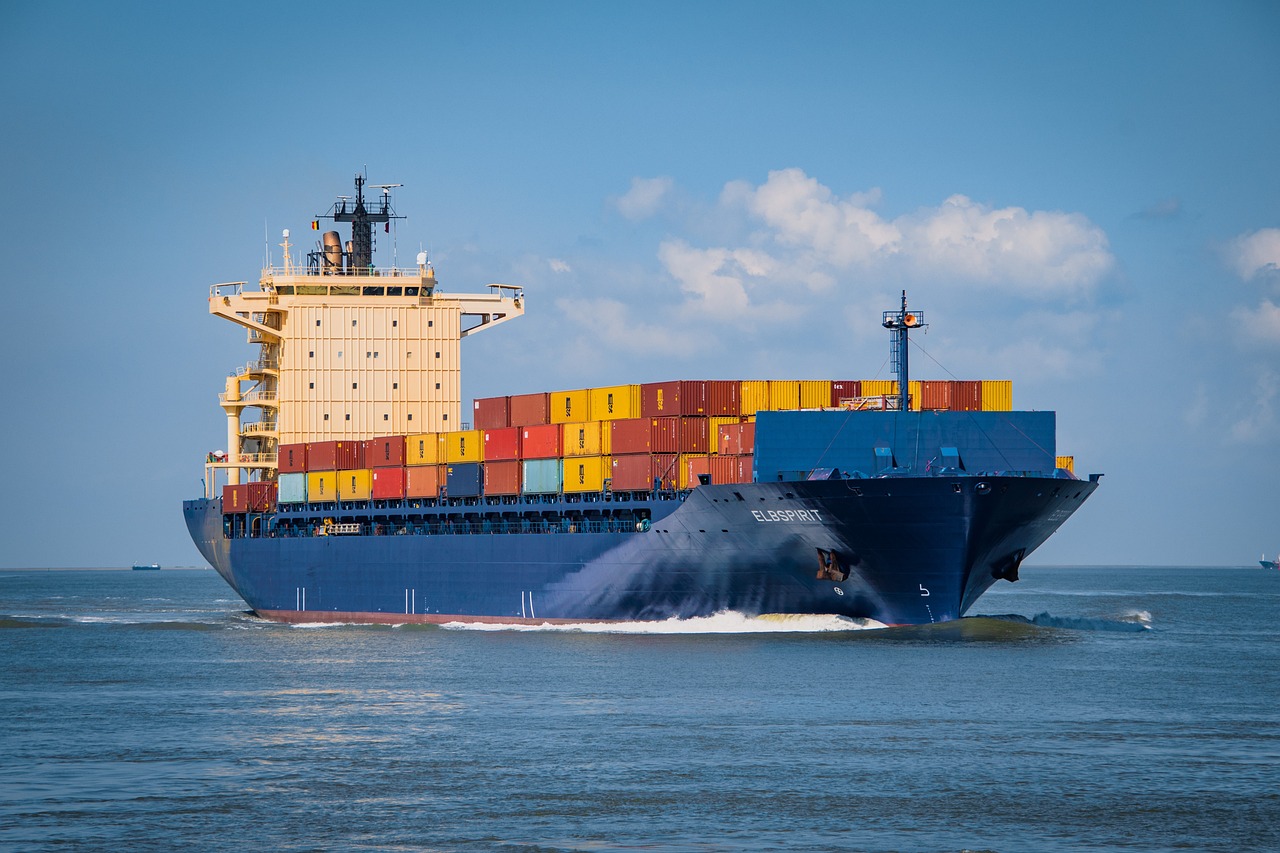Canada’s commitment to fostering stronger ties in the Indo-Pacific region took a significant step forward this week with the inauguration of the Indo-Pacific Agriculture and Agri-Food Office (IPAAO) in Manila, Philippines.
Led by Ag Minister Lawrence MacAulay, the establishment of the IPAAO underscores Canada’s dedication to enhancing trade opportunities and collaboration in agriculture and agri-food sectors within the region.
The Indo-Pacific region holds immense economic potential, constituting over one-third of the world’s economic activity. In 2023 alone, Canada’s agriculture and agri-food exports to the Indo-Pacific totalled $22.8 billion, highlighting the importance of this market for Canadian farmers, producers, and the broader agri-food sector.
MacAulay emphasized the significance of the IPAAO’s establishment, stating, “I’m so pleased to be in Manila to open Canada’s first-ever Indo-Pacific Agriculture and Agri-Food Office. We export nearly half of what we produce in Canada, and the global demand continues to grow. I have no doubt this office will play a central role in growing export markets for our world-class Canadian farmers and increasing collaboration and cooperation in this important region.”
The unique model of the IPAAO involves operating from a hub in Manila, allowing for a regional approach to engagement in the Indo-Pacific. The office’s mobile team will work closely with stakeholders to forge strategic partnerships, capitalize on export opportunities, and address shared challenges such as food security.
The IPAAO’s focus on collaboration extends to industry stakeholders as well. Kevin Auch, Chair of Pulse Canada, highlighted the office’s role in facilitating market access for Canadian pulses in the Indo-Pacific, stating, “The Indo-Pacific provides a unique opportunity for growth and diversification for Canadian pulses. This office demonstrates the Government of Canada’s support for our sector proactively breaking down market access barriers and playing a direct role in expanding exports of high-quality, sustainable pulses across the region.”
Similarly, representatives from various agricultural sectors, including canola, cereals, and grains, expressed their optimism regarding the IPAAO’s potential to bolster market access and development efforts in the Indo-Pacific.
Brian Innes, Executive Director of Soy Canada, emphasized the importance of Canada’s active engagement in the region, stating, “More than anywhere else, we need to be present in the Indo-Pacific region, and this office will help us do that. We’re thrilled that Canada is now better positioned to prevent and address market access issues so that our trade can be more stable and more valuable.”
The establishment of the IPAAO comes at an opportune time when the importance of the Indo-Pacific region is being highlighted. Last month at the CrossRoads Crop Conference in Calgary, Carlo Dade,
director of the Trade & Investment Centre for the Canada West Foundation and is one of the country’s leading voices on defending and advancing western Canadian trade interests in Canada and abroad.
The movement of goods and people, depicted graphically as a percentage of the national GDP, underscores the nation’s centrality in global trade, he said. Particularly noteworthy is the emphasis on exports, constituting a significant portion of Alberta’s GDP and demonstrating the province’s reliance on international trade.
The Indo-Pacific region is important to Canada’s seed industry for several reasons:
- The region is home to more than half of the world’s population and has a growing demand for food security and agricultural innovation.
- The region offers a large and diverse market for Canadian seed exports, especially for canola, wheat, barley, soybean, and pulses.
- The region is a source of investment and collaboration for Canadian seed research and development, as well as a partner in addressing common challenges such as climate change, pests, and diseases.
“This geographical pivot, encompassing Asia Pacific, presents a generational opportunity and challenge for Canada,” Dade told the crowd. “As consumer demand burgeons globally, especially in emerging middle-class markets, the potential for agricultural exports grows exponentially.”
However, beneath the surface lies a critical issue that demands immediate attention: the state of Canada’s trade infrastructure. A decade-long decline in the perception of the nation’s trade infrastructure, as highlighted by a global survey, underscores the urgent need for a comprehensive and integrated national approach.
“While the rest of the world invests in planning and executing infrastructure improvements, Canada lags behind, facing a steady accumulation of crises.”

Call to Action: National Planning and Market Access
To address these challenges, a two-pronged call to action is imperative, Dade said. Firstly, the need for a national plan for trade infrastructure becomes evident. While regional efforts have been initiated, a cohesive national strategy is essential to understand the interconnectedness of supply chains, enabling strategic investments for the long term.
“Secondly, with the Indo-Pacific strategy in play, there’s an urgent requirement to strengthen market access in the region. This involves not just securing agreements but also investing in the groundwork to ensure the survival and sustainability of market access,” Dade said.
The agricultural community, often absent from these discussions, must actively engage in raising awareness and garnering support for these crucial initiatives, he added.












